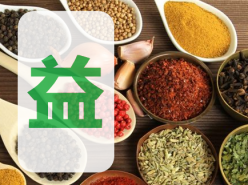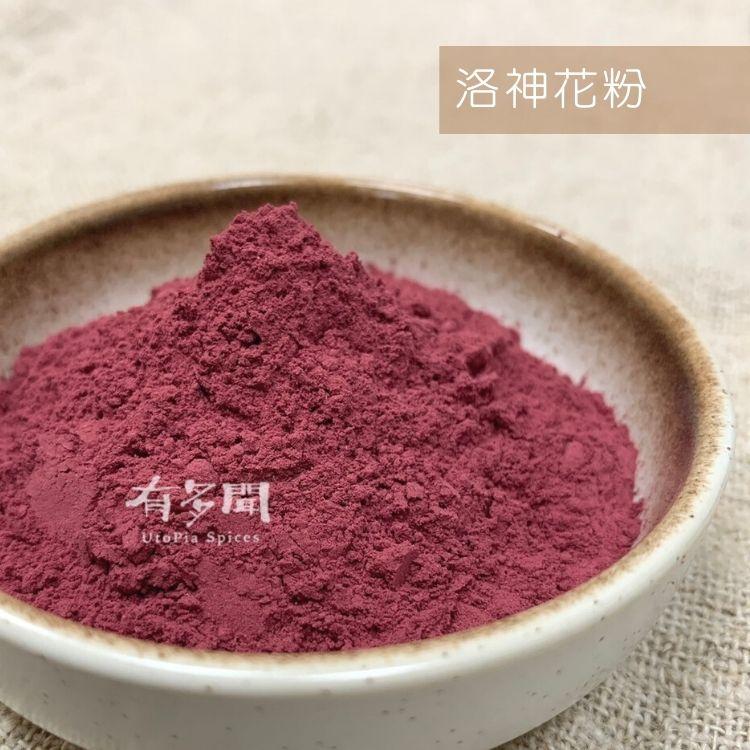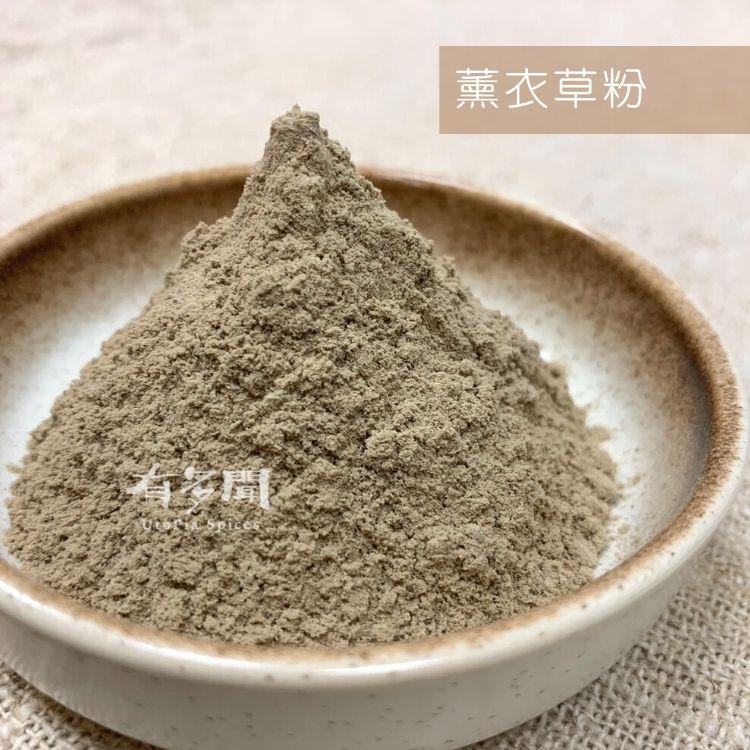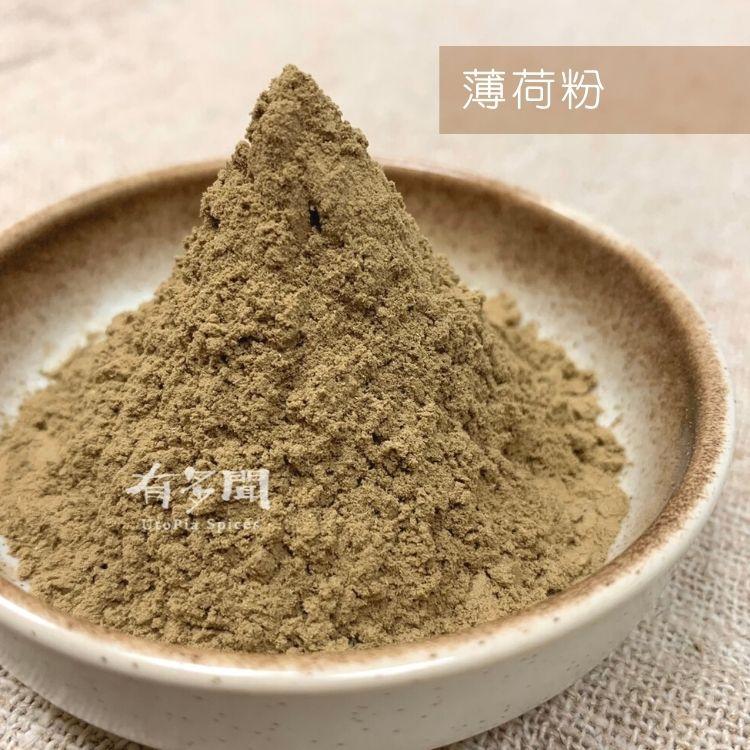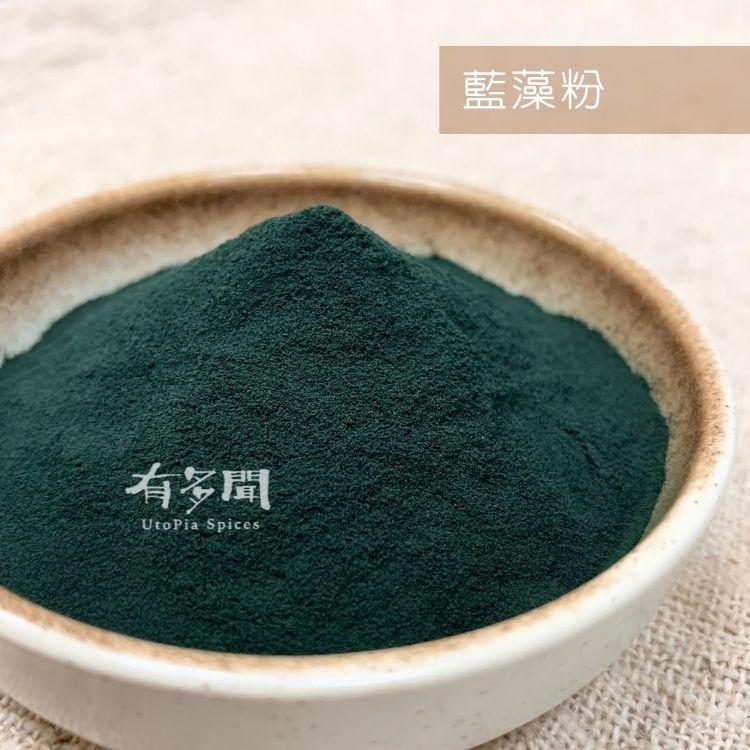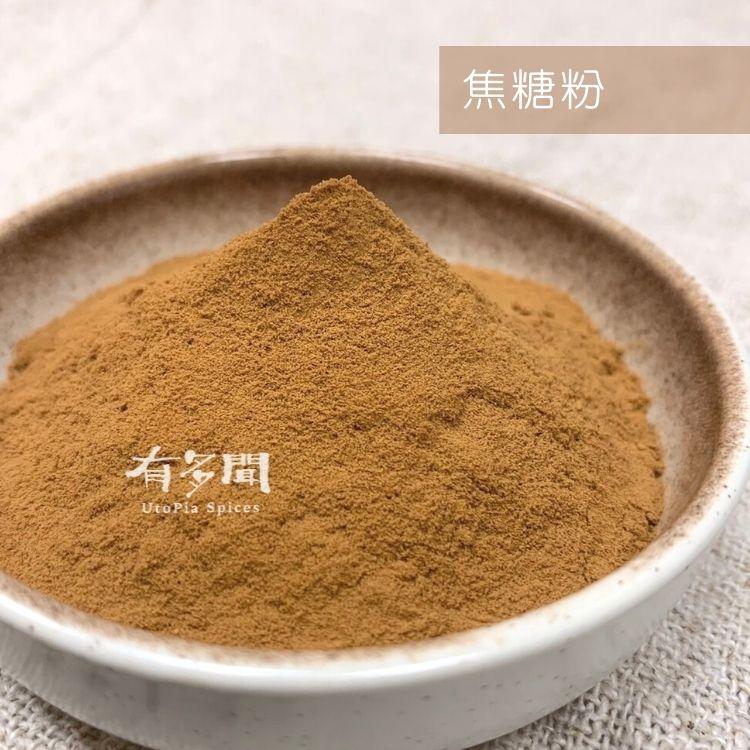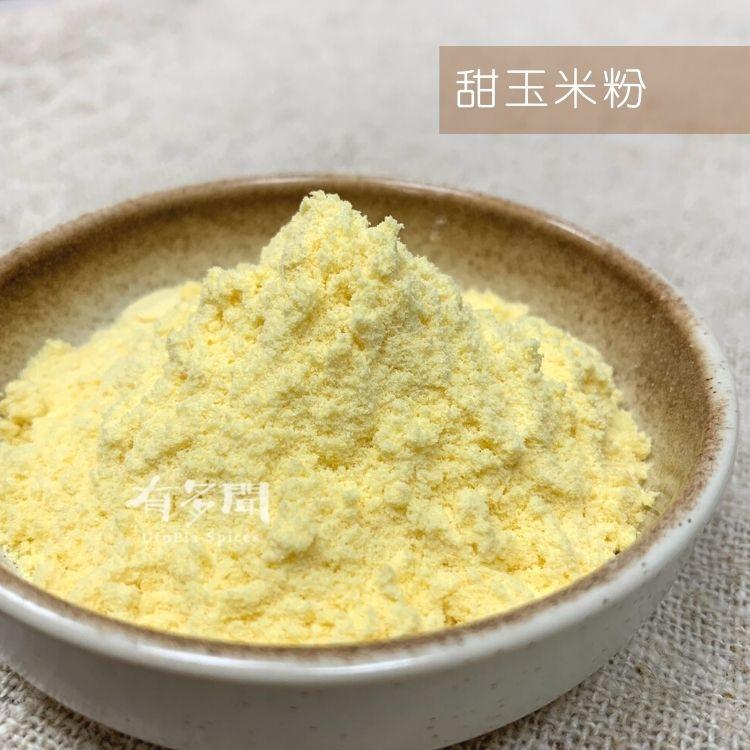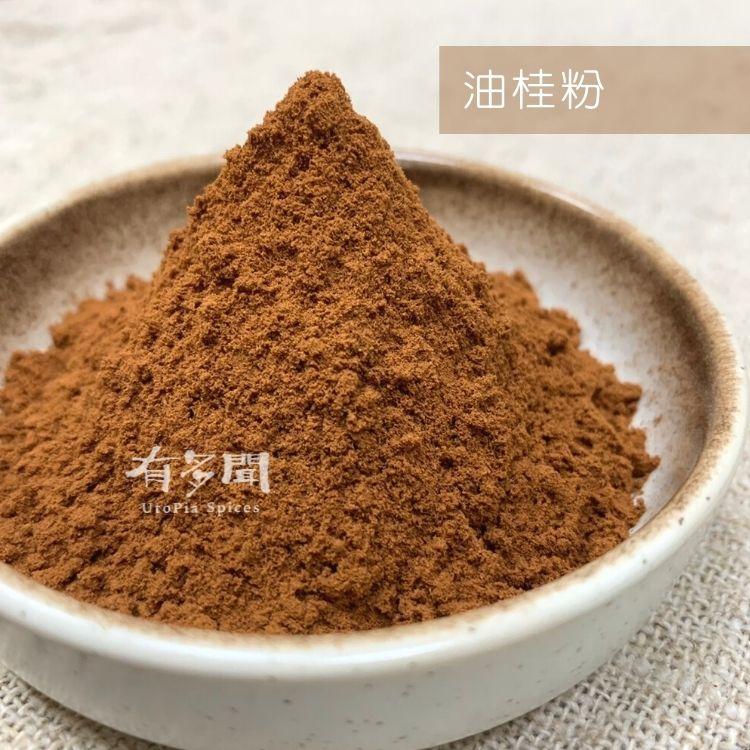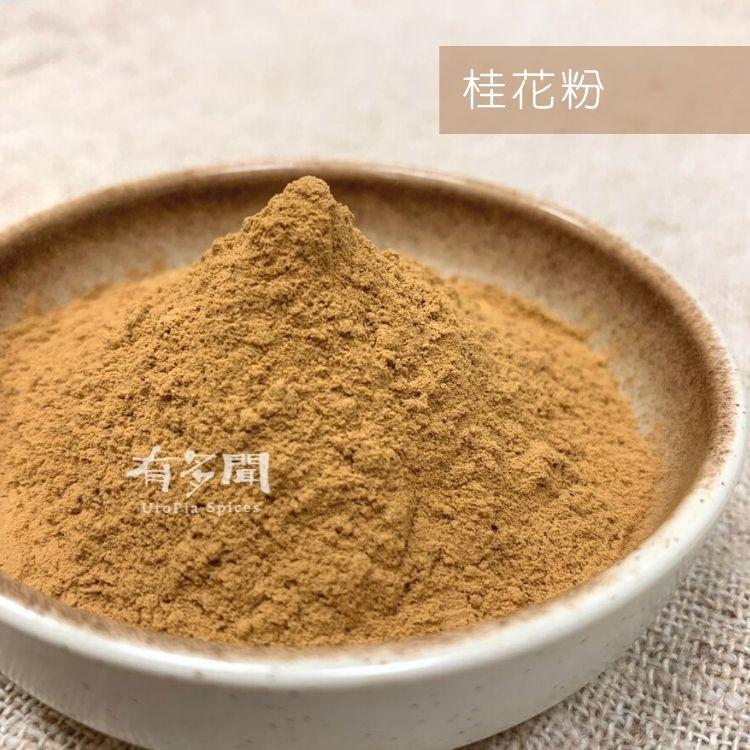
Osmanthus is the flower of the osmanthus tree. Osmanthus is loved by many for its sweet and unique aroma. Osmanthus powder is made from dried and ground osmanthus flowers.
Feature:
Color: golden yellow or light brown.
Texture: A fine powder, usually made from dried osmanthus petals.
Taste and smell:
Taste: Osmanthus powder has a subtle sweetness, but its main characteristic is its floral aroma.
Odor: Osmanthus powder has a strong, fragrant, sweet aroma, similar to the aroma of osmanthus flowers.
Origin:
China
Cooking dishes:
Desserts: Osmanthus powder can be added to various desserts, such as pastries, biscuits, candies, etc., to add a unique osmanthus aroma.
Beverage: Mixed with sugar and hot water, it can be made into osmanthus tea or osmanthus spiced drink.
Soups: Osmanthus powder is added to clear or sweet soups.
Sauces and syrups: Osmanthus powder can be mixed with sugar and water and cooked into osmanthus syrup, which can be used for seasoning or as a garnish for desserts.
**When cooking with osmanthus powder, it can add a unique sweet flavor to food. However, since the aroma of osmanthus powder is relatively strong, you need to use it in an appropriate amount.
